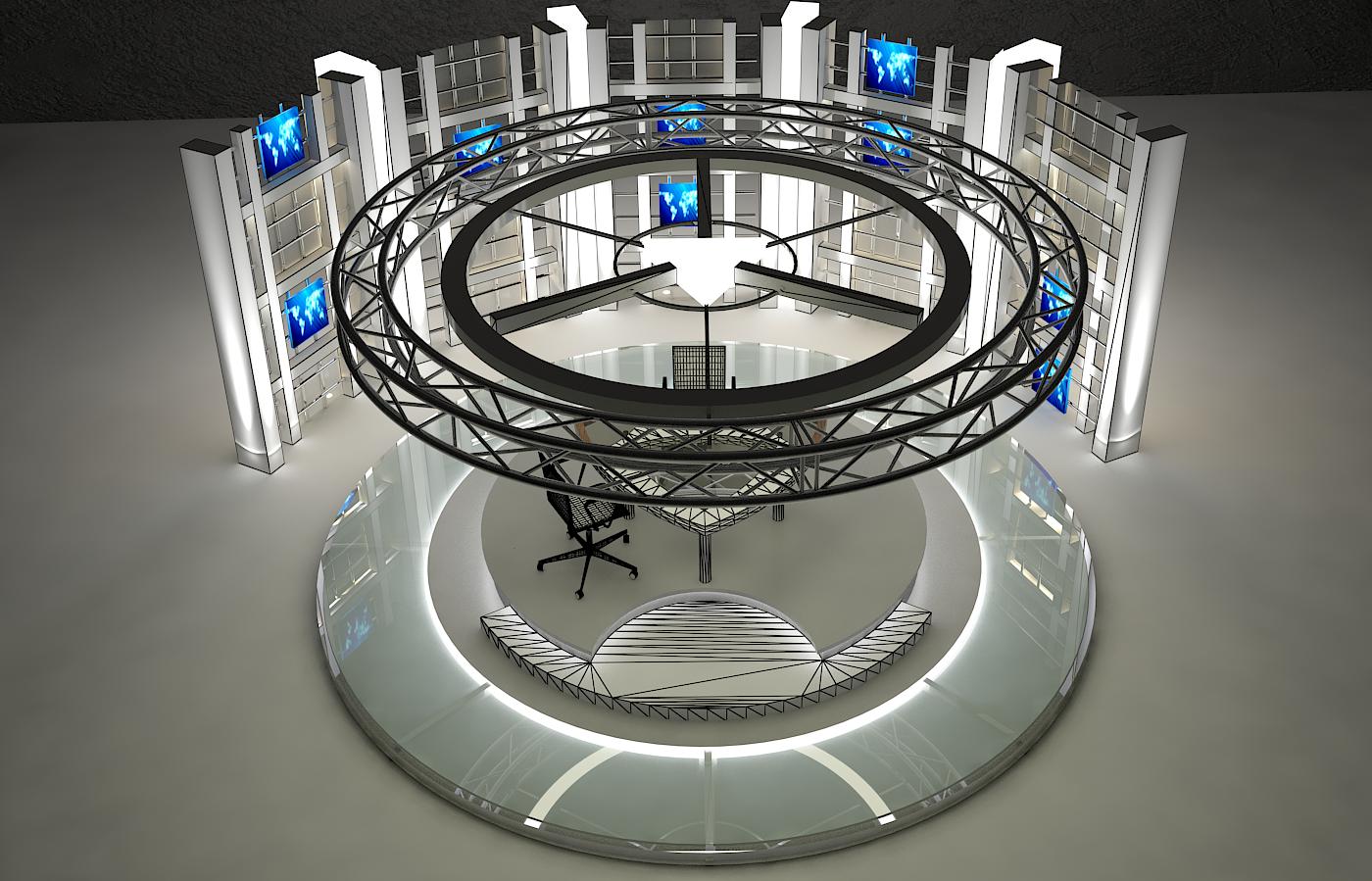
When students successfully complete this course, they will be prepared to:
VIRTUAL EARTH 3D MODELS PRO
Lesson 5: Introduction to ArcGIS Pro and 3D Modeling ArcGIS Pro.Lesson 4: Introduction to Procedural Modeling.Lesson 3: Hands-on Modeling using SketchUp.Lesson 1: Introduction and Overview of 3D Modeling and Virtual Reality.This course will provide students with an overview of current developments, details different workflows that are available, and provides hands-on experiences with 3D modeling and VR technologies. The combination of iVR and automated 3D modeling enables models of real-world places to be integrated within data visualization workbenches. We are witnessing a paradigm shift that enables new methods of environmental decision making from urban planning to climate change. VR and 3D modeling are going hand in hand with the ready availability of massive amounts of environmental data (e.g., LiDAR) and efficient 3D modeling technologies (e.g., SketchUp, CityEngine), realistic immersive scenarios are easier to create than ever before.

Instead of interacting with data on a 2D desktop screen, researchers and decision-makers can immerse themselves in virtual environments where geospatial data are represented in intuitive, immersive, and flexible ways.

Immersive head-mounted displays such as Oculus Rift and HTC Vive are revolutionizing how places and data are viewed and analyzed.
VIRTUAL EARTH 3D MODELS HOW TO
Topics that will be covered include an introduction to the 3D Modeling and 3D sensing technologies, 360 degree cameras, VR apps and tools, workflows describing how to integrate environmental information into VR environments, an introduction to procedural rule modeling, hands-on experience in creating 3D models of Penn State Campus, the creation of a virtual Penn State Campus, accessing and exploring a virtual campus in Unit圓D (game engine), export of flyovers as regular or 360 videos to platforms such as YouTube, and developing interactive 3D applications in Unit圓D. The course offers a high-level perspective on the major challenges and opportunities facing the development of current 3D technologies, differences between classic modeling and procedural rule-based modeling, the development of VR technologies, and the role of game engines in the geospatial sciences, and 3D/VR application development. Online: 12-15 hours a week for ten weeks Course DescriptionģD Modeling and VR for the Geospatial Sciences is an introductory-level science course that introduces students to emerging topics at the interface of concepts and tools that capture/sense environmental information (e.g., LiDAR) and concepts/tools that allow for immersive access to geospatial information (e.g., HTC Vive). NOTE: I will read and respond to e-mail and discussion forums at least once per day.


 0 kommentar(er)
0 kommentar(er)
